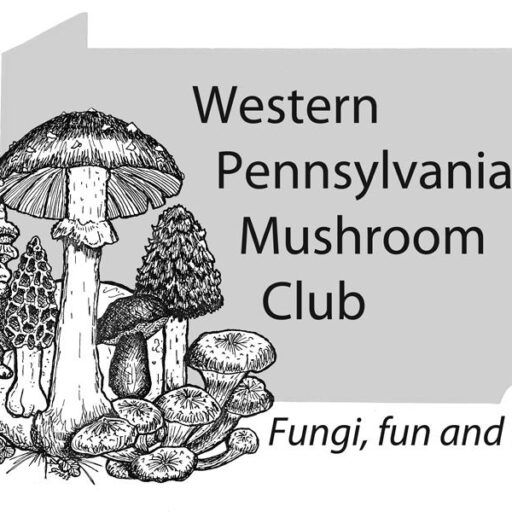Fungi Chemical Field Test Reagent Kits were most recently made available at the 2025 Mushroom Education Day.
Mycologists have long used chemical field tests to help them categorize and identify different species. Chemical tests can be very useful in separating two very similar species that look the same but have different reactions. The different tests react with chemical compounds in the mushrooms generating a color reaction or color change. Test sites are typically the cap, gill or pores, stipe or stem and cross sections of the cap and stipe. For some species the partial veil is also tested. Chemical tests are frequently used for the identification of boletes, amanitas, russulas, lactarius as well as a few other gilled mushroom groups. Note that most species have no documented tests but this does not mean they don’t react to the chemicals so it is worth experimenting and seeing if there is a reaction. For other species the recorded results are not always accurate or complete. The tests should be carried out on fresh mushrooms shortly after picking. The chemicals react with enzymes or compounds in the mushrooms. As the mushroom ages the enzymes are deactivated and volatile compounds are lost, also the chemicals will no longer be able to penetrate the mushroom and test results will not be as strong or can become inconsistent.
Most of the chemicals and stains are quite safe. Obviously you should not drink the liquids or put them in your eyes. We recommend wearing nitrile gloves whenever you use any of the reagents. We also recommend protecting the surface you are working on and your clothing.
Contents:
- Ammonia (NH3) – click here to download the the Safety Data Sheet
- Ferrous sulfate 10% – click here to download the the Safety Data Sheet
- Potassium hydroxide 10% – click here to download the the Safety Data Sheet
Ammonia (NH3)
This is household ammonia. Ammonia is the first of the three most commonly used chemical tests. It is frequently used in the identification of bolete and cortinarius species. Place a drop of ammonia on the mushroom surface to be tested. Positive test results are a blue-green or gray color change although it can sometimes be brown, orange or other colors. Some reactions on bolete caps are a flash of color which then settles to a second color.
Ferrous sulfate 10%
Second of the commonly used chemical tests, also known as the green vitriol test. These are the iron salts reported in many books. For best results you may need to break the surface of the cap slightly before applying a drop of ferrous sulfate. An essential test for russulas identification also used a lot in bolete identification. Color changes typically from orange to green.
Potassium hydroxide 10%
The third of the most commonly used chemical tests, also known as potash or soda solution. This is a strong alkali solution and is caustic, therefore, make sure you wash it off your skin quickly. Used in the identification of boletes, field mushrooms and polypores. For boletes the test is often applied to the cap, for other species it may be the pores or a cross section of the flesh. Color changes vary from yellows and pinks to red and magenta or greens and olive or black. A negative reaction can also be an important result.
Download the PDF version of the presentation from Mushroom Education Day 2025.


Recent Comments